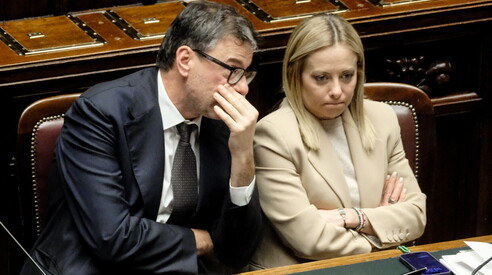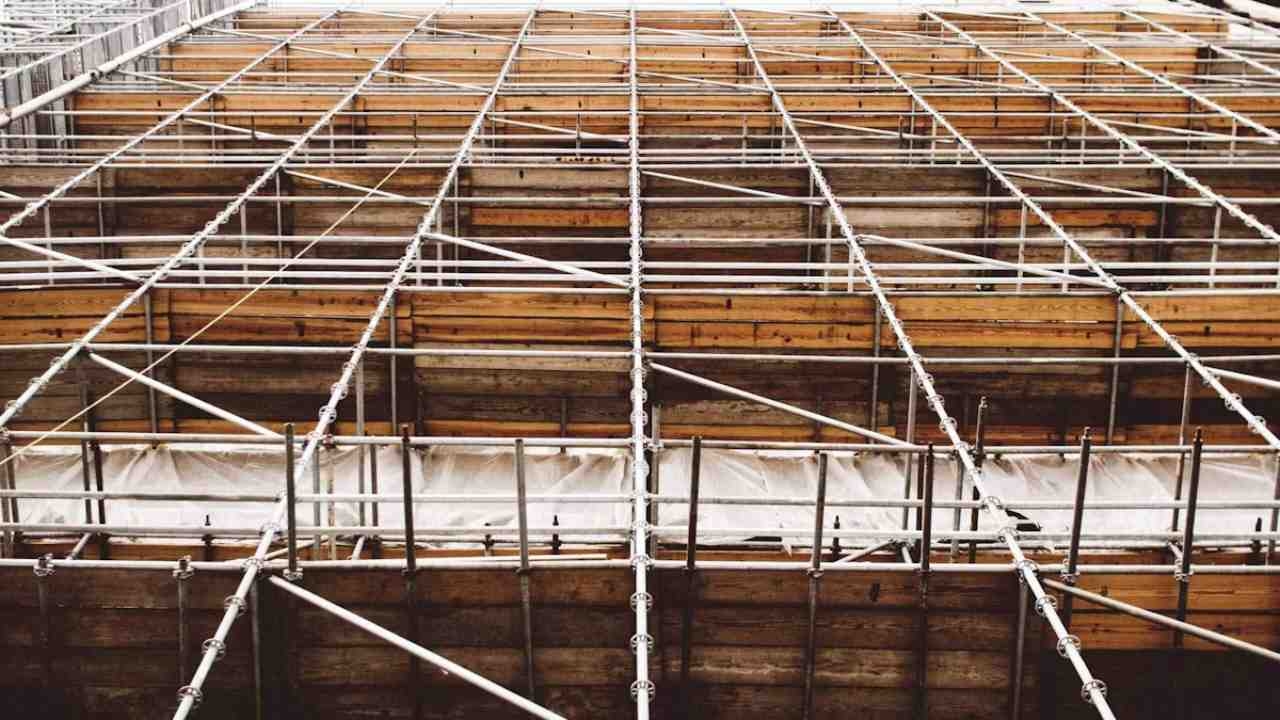The truth about Meloni and Giorgetti's redistributive fiscal policy


The Analysis
The budget helps middle- and high-income earners, says Istat. But the legislative process paints a different picture: overall, the government has repaid all the fiscal drag and favored middle- and low-income earners.
On the same topic:
There are two ways to describe the Meloni government's fiscal policy: looking at a snapshot of the latest budget or a snapshot of the entire legislature. The ongoing hearings allow for both. One could argue, as ISTAT does, that the personal income tax reform envisaged in this budget law benefits middle- and high-income earners: with the reduction in the second tax bracket from 35 to 33 percent, between 28,000 and 50,000 euros of income, "85 percent of the resources—nearly 3 billion euros—are allocated to families in the richest fifths of the income distribution." This means that almost all of the allocation goes to the 40 percent of the population with the highest incomes, that is, those with incomes above 26,000 euros, considering that the threshold for the "richest" 20 percent is 35,000 euros. This is the snapshot the media is talking about. But if you look at the entire film, the fiscal story that emerges is very different, if not the opposite.
The key factor to consider is the so-called fiscal drag . Since 2021, the Italian economy has been hit by a surge in inflation. The generalized rise in prices, in a progressive tax system (such as personal income tax), produces an automatic increase in the average tax rate: for the same real income, taxpayers pay more taxes and the government, without doing anything, collects more revenue. This phenomenon is called fiscal drag, and in Italy it has amounted to approximately 25 billion euros. This is the amount that, according to the complaints of CGIL Secretary Maurizio Landini , the government must "return" to workers. But during the same period, the government has not left the tax system unchanged ; it has introduced a series of measures to mitigate the impact of inflation: the most significant were the cut in the second personal income tax bracket and the reduction in social security contributions for workers (later incorporated as a deduction plus bonus in income tax).
So, what is the difference between giving and receiving? Between how much the government took through fiscal drag and how much it gave back through tax breaks? The Bank of Italy responded to this question, also today at a hearing: "It can be estimated that the measures implemented in the 2022-25 period have more than offset the negative impact on household incomes of the fiscal drag and the erosion of transfers ." In short, overall, the government has given workers more than it has taken away through fiscal drag. But that's not enough, because the taxpayers who paid are not the same ones who received: the government's fiscal measures have not neutralized the fiscal drag, but have redistributed its revenue . In what sense? The Bank of Italy responds: "The difference between the effect of the support measures (primarily aimed at middle- and low-income earners) and those of the fiscal drag and the erosion of transfers (which have had a more uniform impact) is greater for the top four-fifths of the income distribution." This means that the top 20 percent of the income distribution has so far been penalized: it has paid through fiscal drag for the benefits obtained by the poorest rest of the population.
If you look closely, this fifth of taxpayers is exactly the one ISTAT mentioned at the beginning of this article: the richest 20 percent of the population (excluding those earning over €200,000, which will see an equal cut in deductions) will largely benefit from the IRPEF (personal income tax) rate cut from 35 to 33 percent. Essentially, with this budget law, the Meloni government is returning a portion of the fiscal drag to those taxpayers who have been penalized so far. And these aren't billionaires: the IRPEF cut will affect 13.5 million taxpayers earning €28,000 or more, with the maximum benefit of €440 per year for incomes starting at €50,000 gross (excluding those earning over €200,000). If we consider the other social measures included in the budget, in addition to the personal income tax cut, "no significant changes in inequality in the distribution of equivalized disposable income among families emerge," says the Bank of Italy. According to ISTAT, "for all income groups, the benefit results in a change of less than 1 percent in family income."
So, what has happened to the Italian tax system in recent years? Have the rich or the poor benefited? This question was answered today at a parliamentary hearing by the Parliamentary Budget Office (UPB), which analyzed the effects of the fiscal drag and all tax measures for the 2021-2026 period, including this measure. The measures in recent years, the UPB says, have produced benefits for workers, "mainly concentrated in the low- and medium-income brackets, with an impact on income exceeding 6 percentage points for the lowest incomes." This year's budget law, however, focuses "on the medium- and high-income brackets," but "the overall profile remains characterized by significantly higher reductions in the low- and medium-income brackets."
In essence, the UPB argues in its analysis, even considering the last photo, the film of the legislature shows that Minister Giorgetti's economic policy has made the personal income tax more redistributive and progressive than before. However, there is one income bracket that is penalized: taxpayers between 32,000 and 45,000 euros pay a higher rate than before. It is the middle class that benefits from this personal income tax cut, but not enough compared to the additional taxes they have paid and continue to pay.
More on these topics:
ilmanifesto





